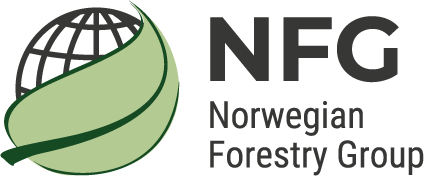Appropriate Selection of FLR Program Areas: A Key Element in the Planning Process!
From the very beginning of the inception phase; NFG gave the priority to the selection of FLR Program areas.

The iterative process of consultations with the local partners and stakeholders, notably with the Bureau of Agriculture [BoA], REDD+ Regional Representation, Agricultural Transformation Agency [ATA], AFE and ORDA.
A common understanding was achieved regarding the necessity to focus primarily on areas where the impacts of the degradation are evident and where realistic and practical restoration interventions are feasible.
To get a clear figure about the realities, the difficulties and the challenges that the program could face, NFG team have organized recurrent field trips in which actively took part representatives from the local key stakeholders. This allowed pointing out 2 important issues, i.e.:
- Unavailability of large/extended areas suitable for restoration interventions.The rational for this concern is the pressure and the intensity of the land use in most of the Woredas. Actually, all available lands, regardless their categories and stat
- us of degradation, are practically used, and this situation is not only characterizing the Woredas proposed for the program, but it is the case everywhere in Amhara.
- The high number of the Woredas to be covered by the program’s activities and their spatial distribution. For the local partners this will certainly be a real limiting factor towards achieving the program’s objectives, notably because of the dispersal of efforts and resources.

Accordingly, it was decided to refine the strategy regarding the selection of program areas. The aim was to find out areas with evident forest/land degradation aspects that require integrated restoration interventions/activities, i.e.: combining small scale restoration and demonstration sites with big scale restoration interventions, notably through area enclosures (where available).

Based on this, the key local partners have unanimously agreed to reduce the number of the Woredas to be affected by FLR Programfrom 15 to 8 Woredas.
Accordingly, three clusters were recommended to select areas responding to above mentioned criteria and which can offer more possibilities for continues FLR interventions (adjacent Woredas/territories), i.e.:
- Adama mountain area.
- Areas draining to Rib River Dam and Lake Tana.
- Areas with remnant natural forests.
The selected Woredas are:
- Sekela, Quarit, Mecha, Y.Densa, Ebinat, Farta and Guangua. These Woredas are selected among the 15 Woredas previously suggested by the program proposal.
- Libo Kemkem which is newly proposed because of the availability of quite large areas of degraded lands suitable for restoration, and also because its adjacency with Ebinat Woreda.

Therewith, it was also agreed to launch field activities in
Ebinat Woreda through selecting Serawudi Kebele to be the site to develop the FLR Program pilot

Land use Plan [LUP].
